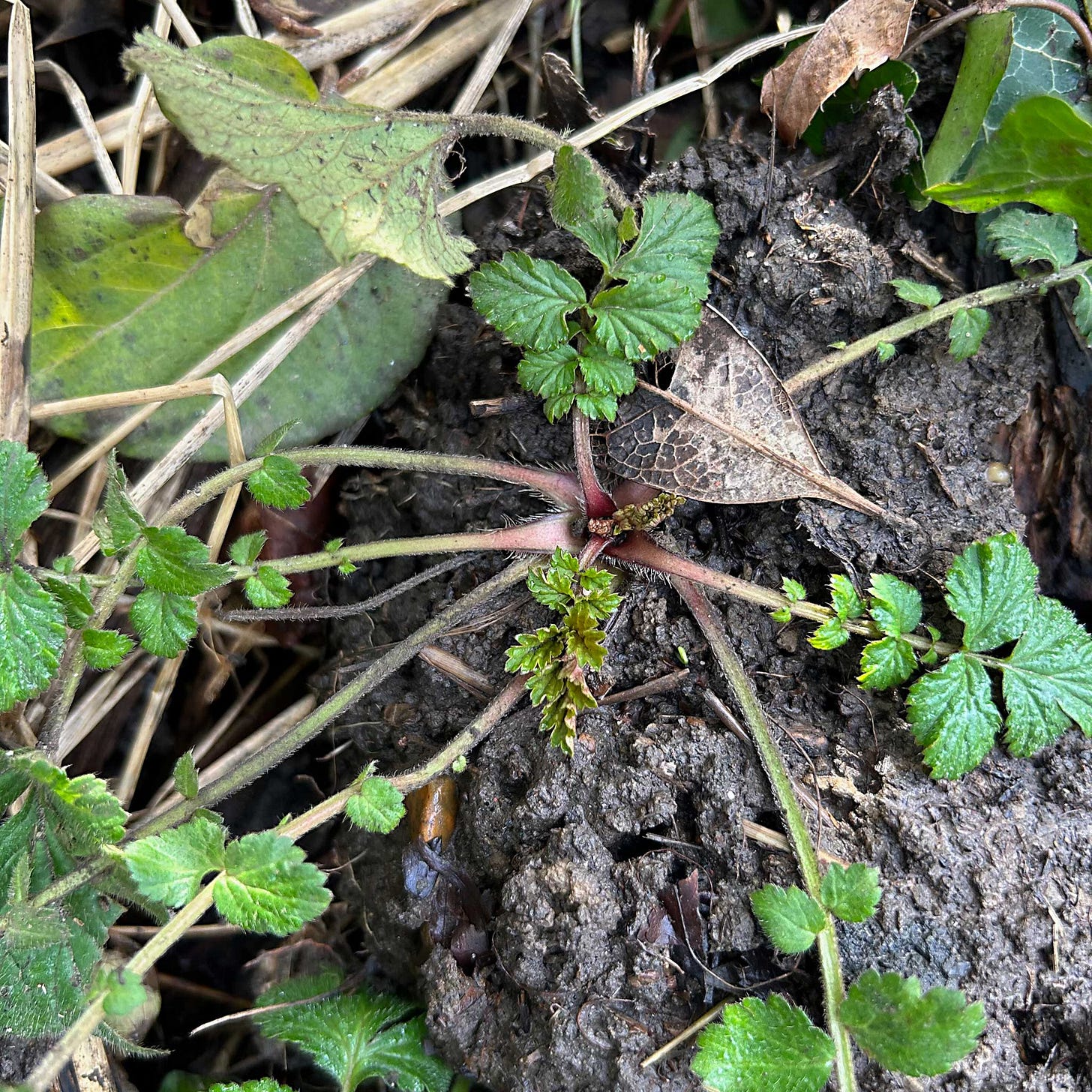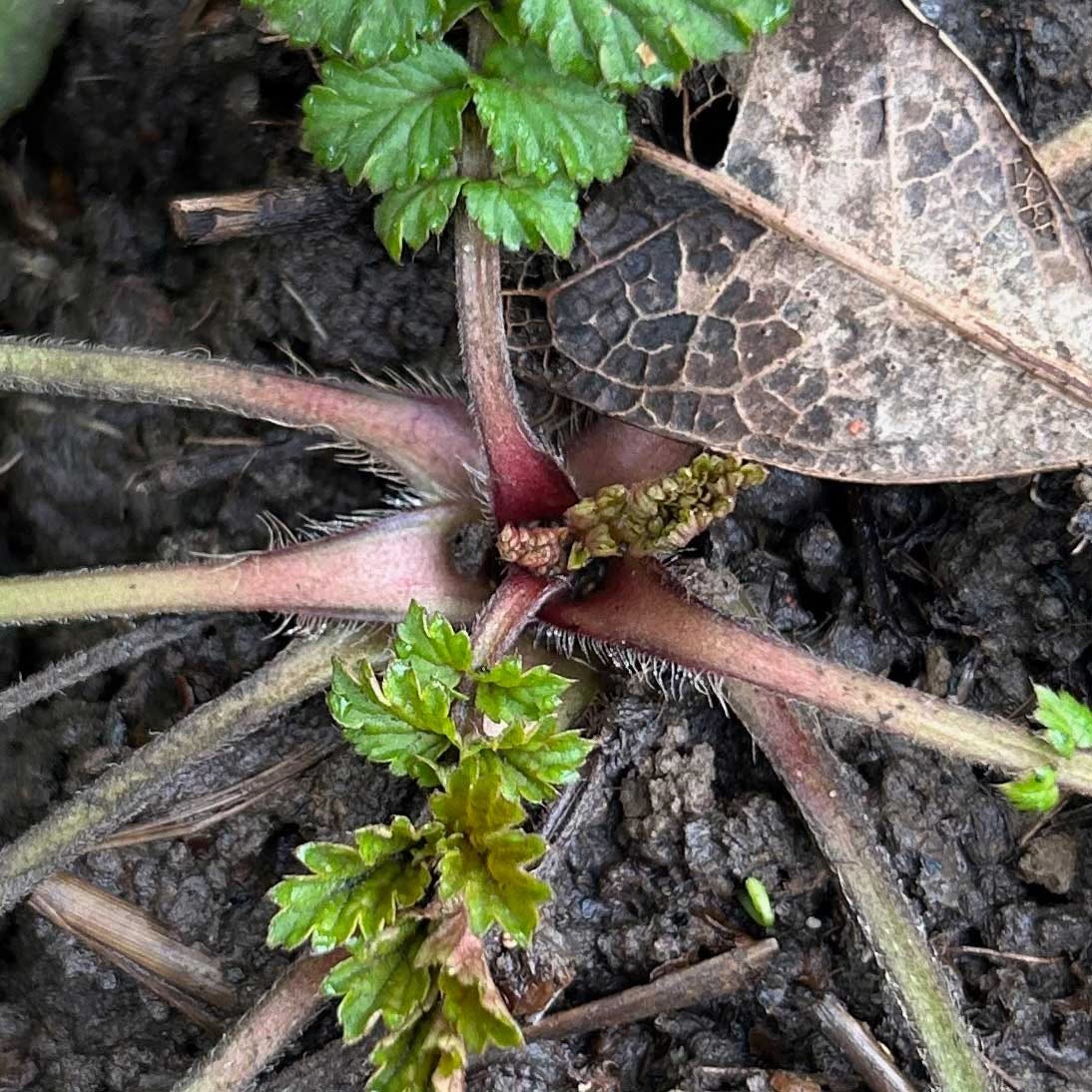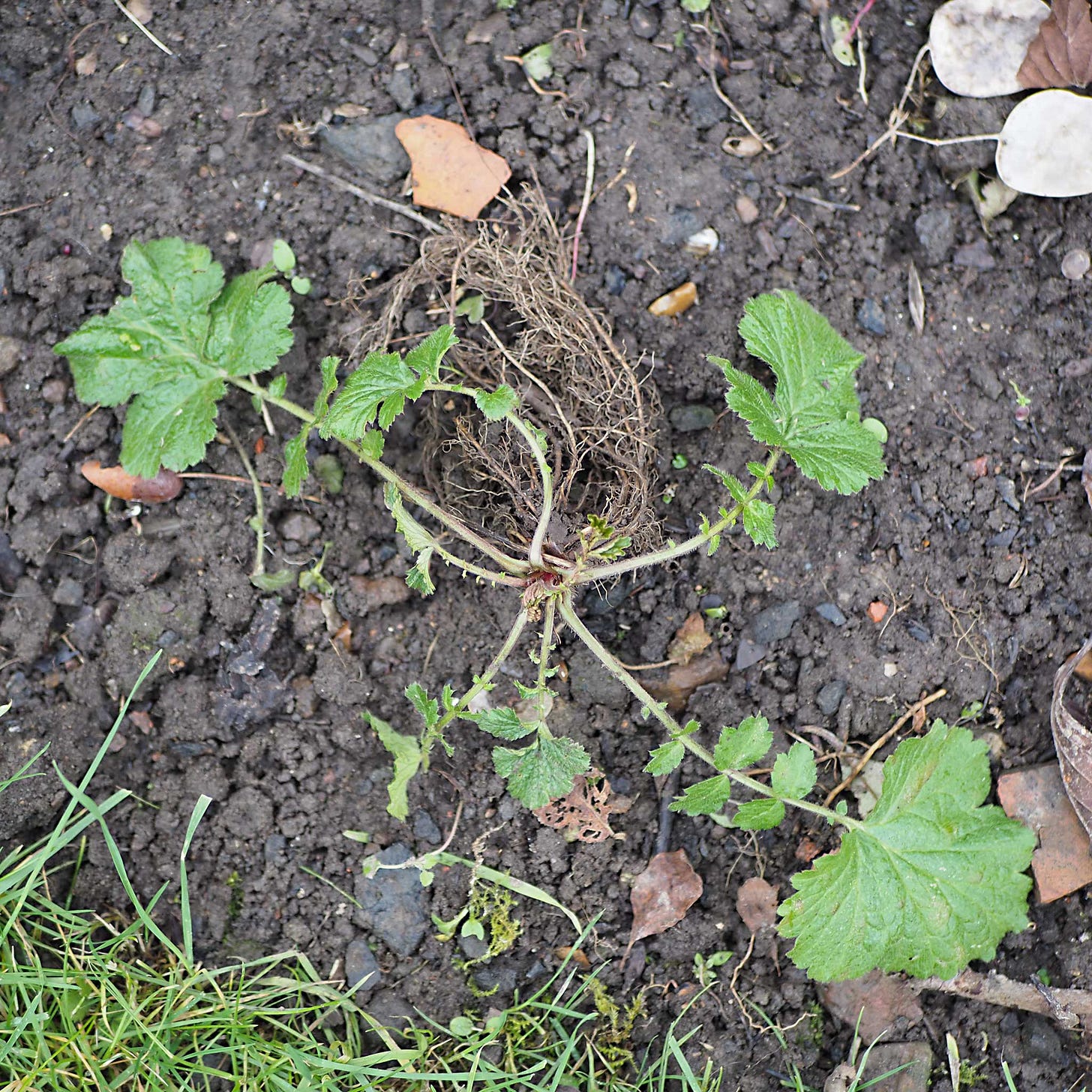
Sometimes, I have noticed, one fails to realise quite how hairy a thing is.
A thing so unremarkable, so integral to the backdrop of your every day experience as to escape close attention, comfortably familiar yet clandestinely hirsute. A living thing, it would have to be, inanimate objects being still a way off from being able to cover themselves in fur (though the speed at which things are developing, it probably won’t be long). Possibly a good friend, whose blonde arm fuzz catches the light one afternoon when you’re having coffee in a way you’d not noticed before, and you think, oh – hairier than I expected. Not that I’d ever given it much thought. Now I can’t stop thinking about hairy arms, dammit. “Sorry, what were you saying?” Hairy. Hairy arms. Shut up!
More likely, then, a plant, upon which – let’s get the science bit out the way – the hairs are called trichomes, performing functions both sensory and defensive. It might be a nettle. Maybe that one’s not so surprising – something’s got to do the stinging, after all. Or a tomato plant, or a sunflower. Perhaps a hardy geranium – I manage frequently to forget the hairiness of a geranium, which allows me to be both delighted and suprised when once again I peer through the camera lens to capture a bumblebee’s first visit in spring and discover that the plant is quite as furry as the pollinator. But the yellow-flowered wild geum that forms such an integral part of this soil’s tapestry – I had not noticed this was hairy. But it is.
Very hairy. Almost terrifyingly so.
I only really noticed when I was photographing them for this post. Other than the hairiness, there are plenty of things I’d noticed about wood avens, herb bennet, Geum urbanum, colewort, or St Benedict’s herb, to complete the roll call of names by which this plant is commonly known. Thanks to its ubiquity, we spend quite a lot of time in each other’s company. I noticed that, when young, it likes to hang out among the wild strawberries, whose leaves are not entirely dissimilar, and whose flowers, being a relative, are quiet alike, with the exception that those of the strawberry are white, and the geum’s are held on very long, wiry stems. I noticed that, like me, it seems to favour the environs of the woodland edge, growing happily in shade and flourishing wherever the sunlight manages to slip in through the leafy canopy. I noticed that its small, rounded seedheads feature burrs which stick as well to your clothing as they will to the fur of a passing fox, deer, badger or dog. I noticed that, in spite of not delving deeply into the ground, wood avens establishes a decidedly firm grip within the top few centimetres of the soil by spreading out its network of fine, strong roots.
But, because I’m not in the habit of munching plants unless I have a good reason to believe they won’t kill me, I hadn’t noticed that these roots taste strongly of cloves. It got me thinking again about the dodginess of some of our received wisdoms concerning plants. For instance, the notion I’d grown up with that there was no decent, storable source of Vitamin C before citrus fruit were discovered (we have, among many other plants, rose hips and cleavers). I wondered what flavours we had within these islands before the spice trade brought us ginger, cinnamon, cloves, and pepper, and discovered an episode of Radio 4’s The Food Programme that examines the claim made by Mark Williams of Galloway Wild Foods that “it’s perfectly possible to make richly spiced curries, pakoras, pilafs – pretty much any spice-led dish from around the world – using fungi, seaweeds and the seeds, leaves, flowers and roots of common wild plants.” (I’ve still yet to add dried, powdered geum root to an apple pie, though I’ve filed the information away for future reference, or the next time that
joshes me about having a garden full of things I can’t eat.)But above all, I hadn’t noticed that wood avens is hairy, which only goes, as they say, to show. You think you know someone, but how closely have you been paying attention?







I will be back here with more random joshing when you provided with the opportunity
https://www.youtube.com/watch?v=QOuceDR7NcQ
"My Brother Esau Is An Hairy Man, But I, I am a Smooth Man" Beyond the Fringe